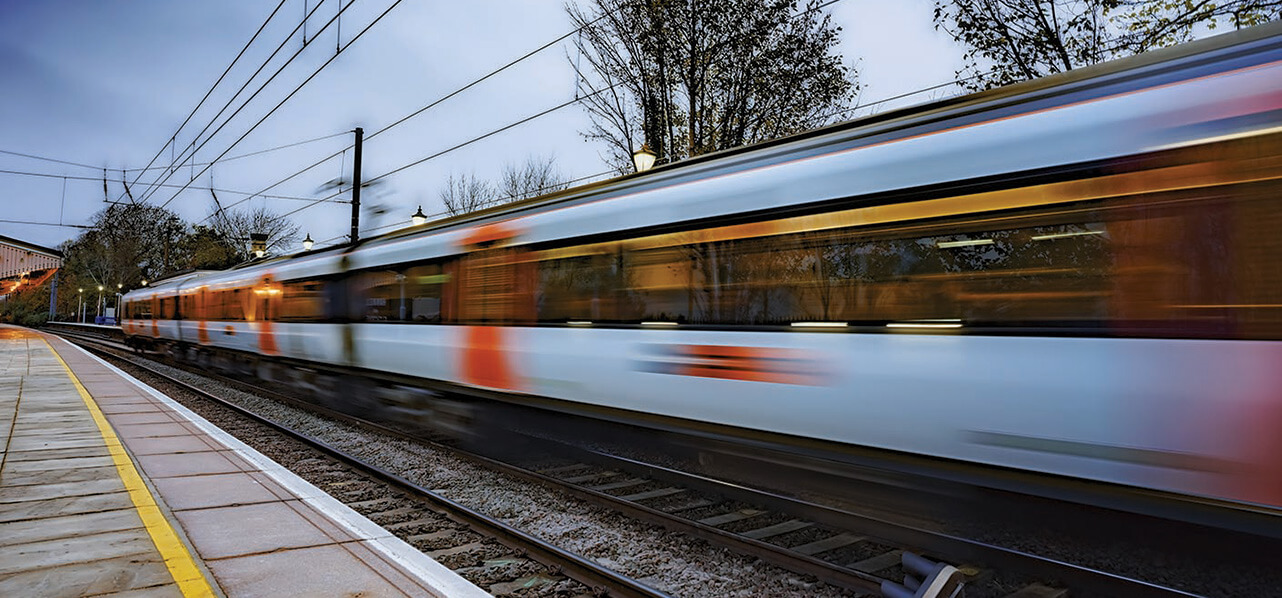In a case which highlights some of the knotty issues that can arise between parties to joint venture agreements in a construction context, the English Technology and Construction Court has held that the operation of a pain/gain mechanism in an NEC3 Option C (target cost) form of contract was only to be applied once works had completed, and not on an interim basis.
Introduction
In Doosan Enpure Ltd v Interserve Construction Ltd[1], the English Technology and Construction Court (“TCC”) recently held that the operation of a pain/gain mechanism in an NEC3 Option C (target cost) form of contract was only to be applied once works had completed, and not on an interim basis. In its decision, the TCC determined that a claimant was entitled to declarations sought under a joint venture agreement, and the release of its share of the interim payments made into a joint venture account (the “JV Account”). The case highlights some of the knotty issues that can arise between parties to joint venture agreements in a construction context.






